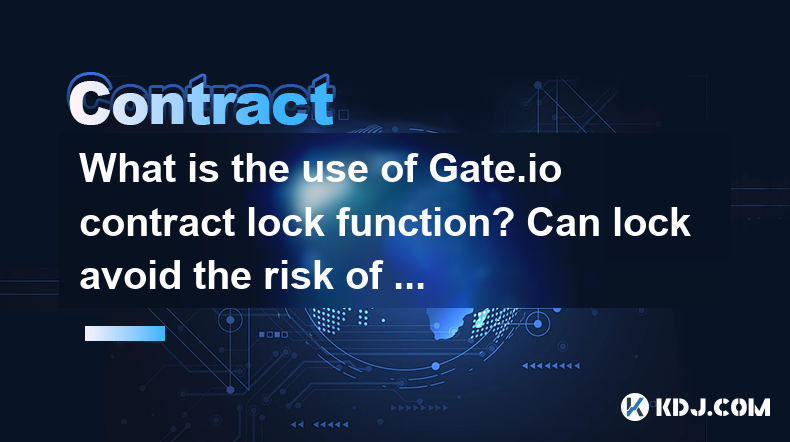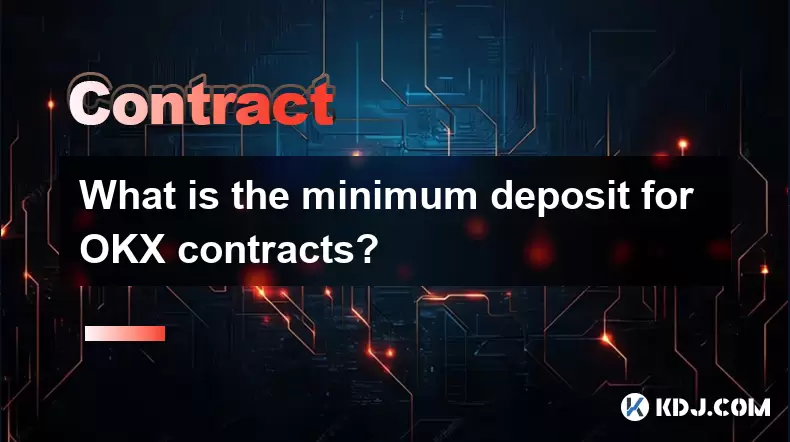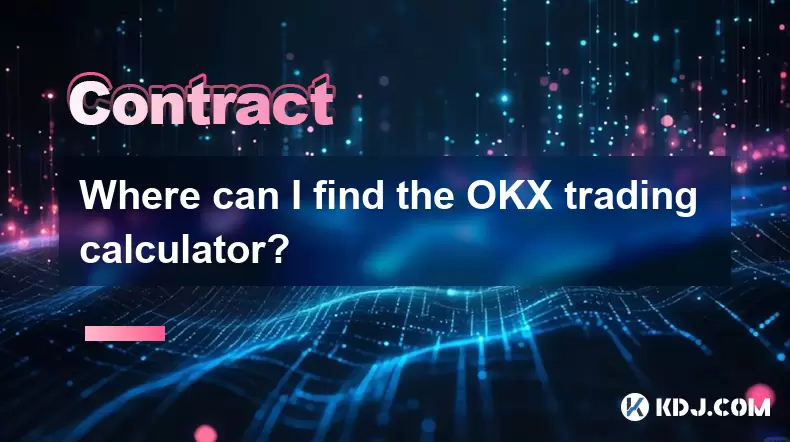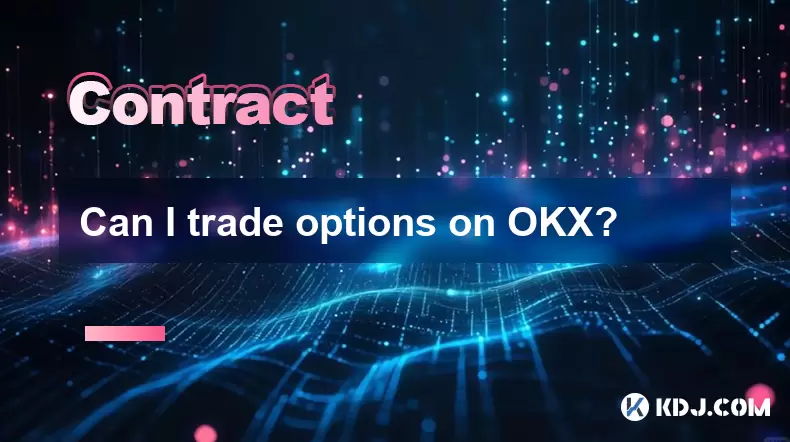-
 Bitcoin
Bitcoin $117500
2.15% -
 Ethereum
Ethereum $3911
6.19% -
 XRP
XRP $3.316
10.79% -
 Tether USDt
Tether USDt $1.000
0.01% -
 BNB
BNB $787.2
2.24% -
 Solana
Solana $175.2
4.15% -
 USDC
USDC $0.9999
0.00% -
 Dogecoin
Dogecoin $0.2225
8.40% -
 TRON
TRON $0.3383
0.28% -
 Cardano
Cardano $0.7868
6.02% -
 Stellar
Stellar $0.4382
9.34% -
 Hyperliquid
Hyperliquid $40.92
7.56% -
 Sui
Sui $3.764
7.63% -
 Chainlink
Chainlink $18.48
10.66% -
 Bitcoin Cash
Bitcoin Cash $582.1
1.88% -
 Hedera
Hedera $0.2601
6.30% -
 Avalanche
Avalanche $23.33
4.94% -
 Ethena USDe
Ethena USDe $1.001
0.02% -
 Litecoin
Litecoin $122.3
2.04% -
 UNUS SED LEO
UNUS SED LEO $8.969
-0.27% -
 Toncoin
Toncoin $3.339
0.86% -
 Shiba Inu
Shiba Inu $0.00001287
4.30% -
 Uniswap
Uniswap $10.43
7.38% -
 Polkadot
Polkadot $3.861
5.08% -
 Dai
Dai $1.000
0.02% -
 Bitget Token
Bitget Token $4.513
3.41% -
 Monero
Monero $267.7
-6.18% -
 Cronos
Cronos $0.1499
4.14% -
 Pepe
Pepe $0.00001110
5.15% -
 Aave
Aave $284.9
8.28%
What is the use of Gate.io contract lock function? Can lock avoid the risk of liquidation?
Gate.io's contract lock function delays liquidation of futures positions, but users must maintain sufficient margin to avoid automatic unlocking and potential losses.
May 02, 2025 at 03:00 pm

The Gate.io contract lock function is a feature designed to help users manage their positions in perpetual futures contracts. This function allows users to temporarily lock their positions, preventing them from being liquidated due to market volatility. However, it's important to understand the specifics of how this function works and its limitations.
Understanding the Gate.io Contract Lock Function
The contract lock function on Gate.io is primarily used to protect a user's position from being automatically closed due to liquidation. When a user's position is locked, it means that the position cannot be liquidated until the lock period expires. This can be particularly useful during times of high market volatility when the risk of liquidation is higher.
To use the contract lock function, users must have a sufficient balance in their margin account to cover the potential losses. The lock function does not eliminate the risk of losses but rather delays the liquidation process, giving users more time to manage their positions.
How to Use the Contract Lock Function on Gate.io
Using the contract lock function on Gate.io involves several steps that users must follow carefully. Here is a detailed guide on how to lock your position:
- Log into your Gate.io account: Ensure you are logged into your account and navigate to the futures trading section.
- Select the contract you want to lock: Choose the specific perpetual futures contract you wish to lock.
- Open the position management interface: Click on the position you want to manage and look for the lock option.
- Set the lock duration: Choose the duration for which you want to lock your position. The duration can vary depending on the platform's settings.
- Confirm the lock: Review the details and confirm the lock. Ensure you have enough margin to cover potential losses during the lock period.
Can Locking Avoid the Risk of Liquidation?
While the contract lock function can delay liquidation, it does not entirely eliminate the risk. During the lock period, if the market moves against your position and the losses exceed your margin, the position will still be liquidated once the lock expires. Therefore, it is crucial for users to monitor their positions closely and manage their risk accordingly.
The lock function provides a temporary safety net, allowing users to reassess their strategies or add more margin to their accounts. However, it is not a foolproof method to avoid losses, and users should use it as part of a broader risk management strategy.
Limitations and Considerations of Using the Contract Lock Function
There are several limitations and considerations that users should be aware of when using the contract lock function on Gate.io:
- Margin Requirements: Users must maintain sufficient margin in their accounts to cover potential losses during the lock period. If the margin falls below the required level, the lock may be automatically lifted, and the position could be liquidated.
- Lock Duration: The duration of the lock is limited and varies based on the platform's settings. Users must plan their strategies around these time constraints.
- Market Volatility: While the lock can protect against immediate liquidation, extreme market volatility can still result in significant losses once the lock period ends.
- Risk Management: The lock function should be used as part of a comprehensive risk management strategy. Relying solely on the lock function without additional measures can lead to substantial losses.
Practical Examples of Using the Contract Lock Function
To better understand how the contract lock function can be used effectively, consider the following practical examples:
- Scenario 1: Short-Term Market Dips: If a user anticipates a short-term market dip but believes the overall trend will remain bullish, they can lock their long position to avoid liquidation during the dip. Once the market recovers, they can unlock the position and continue trading.
- Scenario 2: Adding Margin: If a user's position is nearing the liquidation threshold due to market movements, they can lock the position to buy time to add more margin to their account. This can help prevent immediate liquidation and give the user a chance to reassess their strategy.
- Scenario 3: High Volatility Periods: During periods of high market volatility, users can lock their positions to protect against sudden price swings. This can be particularly useful for those who cannot monitor their positions constantly.
Frequently Asked Questions
Q: Can I unlock my position before the lock period ends?
A: Yes, you can unlock your position before the lock period ends. To do so, navigate to the position management interface, select the locked position, and choose the option to unlock it. Keep in mind that unlocking the position will make it susceptible to liquidation if the market conditions warrant it.
Q: Does the contract lock function work for all types of futures contracts on Gate.io?
A: The contract lock function is generally available for perpetual futures contracts on Gate.io. However, it's important to check the specific contract details and platform settings, as availability may vary depending on the type of contract.
Q: What happens if I don't have enough margin during the lock period?
A: If your margin falls below the required level during the lock period, the lock may be automatically lifted, and your position could be liquidated. It's crucial to monitor your margin levels and add more funds if necessary to maintain the lock.
Q: Can I use the contract lock function to avoid losses entirely?
A: No, the contract lock function is designed to delay liquidation, not to avoid losses entirely. It provides a temporary safety net, but if the market moves against your position and your losses exceed your margin, you will still face liquidation once the lock expires.
Disclaimer:info@kdj.com
The information provided is not trading advice. kdj.com does not assume any responsibility for any investments made based on the information provided in this article. Cryptocurrencies are highly volatile and it is highly recommended that you invest with caution after thorough research!
If you believe that the content used on this website infringes your copyright, please contact us immediately (info@kdj.com) and we will delete it promptly.
- XRP ETF, Bitcoin ETF, and Japan: A New Era for Crypto Investing?
- 2025-08-08 14:30:12
- Crypto, Congress, and Bills: Navigating the Regulatory Landscape in 2025
- 2025-08-08 14:30:12
- Union Jack Oil, Unused Gas, and Bitcoin: A New York Minute on UK's Crypto-Energy Play
- 2025-08-08 14:50:12
- Bitcoin Price: Bullish Flag Points to $123K Breakout?
- 2025-08-08 14:50:12
- Crypto Group's WNBA Dildo Toss: Meme Coin Mania or Just Plain Dumb?
- 2025-08-08 14:55:13
- Stablecoins, Hong Kong, and On-Chain Finance: Navigating the Regulatory Maze
- 2025-08-08 12:30:12
Related knowledge

What is the distinction between mark price and last price on KuCoin?
Aug 08,2025 at 01:58pm
Understanding the Basics of Price in Cryptocurrency TradingIn cryptocurrency exchanges like KuCoin, two key price indicators frequently appear on trad...

What are the specific maker and taker fees on KuCoin Futures?
Aug 08,2025 at 08:28am
Understanding Maker and Taker Fees on KuCoin FuturesWhen trading on KuCoin Futures, users encounter two primary types of fees: maker fees and taker fe...

What is the maximum leverage available on KuCoin Futures?
Aug 08,2025 at 10:21am
Understanding Leverage in KuCoin Futures TradingLeverage in KuCoin Futures allows traders to control a larger position size using a smaller amount of ...

What is the minimum deposit for OKX contracts?
Aug 08,2025 at 07:00am
Understanding OKX Contract Trading BasicsOKX is one of the leading cryptocurrency derivatives exchanges, offering a wide range of perpetual and future...

Where can I find the OKX trading calculator?
Aug 08,2025 at 07:49am
Understanding the OKX Trading Calculator FunctionalityThe OKX trading calculator is a powerful analytical tool designed to assist traders in estimatin...

Can I trade options on OKX?
Aug 08,2025 at 11:01am
Understanding Options Trading on OKXYes, you can trade options on OKX. OKX is one of the leading cryptocurrency derivatives exchanges that offers a de...

What is the distinction between mark price and last price on KuCoin?
Aug 08,2025 at 01:58pm
Understanding the Basics of Price in Cryptocurrency TradingIn cryptocurrency exchanges like KuCoin, two key price indicators frequently appear on trad...

What are the specific maker and taker fees on KuCoin Futures?
Aug 08,2025 at 08:28am
Understanding Maker and Taker Fees on KuCoin FuturesWhen trading on KuCoin Futures, users encounter two primary types of fees: maker fees and taker fe...

What is the maximum leverage available on KuCoin Futures?
Aug 08,2025 at 10:21am
Understanding Leverage in KuCoin Futures TradingLeverage in KuCoin Futures allows traders to control a larger position size using a smaller amount of ...

What is the minimum deposit for OKX contracts?
Aug 08,2025 at 07:00am
Understanding OKX Contract Trading BasicsOKX is one of the leading cryptocurrency derivatives exchanges, offering a wide range of perpetual and future...

Where can I find the OKX trading calculator?
Aug 08,2025 at 07:49am
Understanding the OKX Trading Calculator FunctionalityThe OKX trading calculator is a powerful analytical tool designed to assist traders in estimatin...

Can I trade options on OKX?
Aug 08,2025 at 11:01am
Understanding Options Trading on OKXYes, you can trade options on OKX. OKX is one of the leading cryptocurrency derivatives exchanges that offers a de...
See all articles

























































































